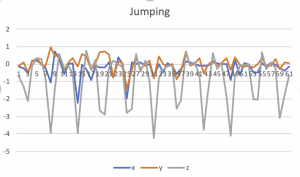The main goal for this week was finalizing design & obtaining the rest of the parts for the portable system. While I do have all parts picked out and most in hand, I missed the window to order the battery for the device. However, that shouldn’t be a problem since we have a couple of weeks before we anticipated having a mobile hardware platform.
I looked over the available libraries for our two main interfaces (Bluetooth and I2C) and came to the following conclusions:
Bluetooth:
The pybluez Python library explicitly supports Raspberry Pi, which should make bringup that much easier. The Bluetooth Low Energy support is listed as “Experimental”, but we don’t need to make use of any of the fancier features, so it shouldn’t be an issue. Also, our power budget is seeming more and more generous now that we’ve decided on a 3000mAh battery.
I2C:
The smbus2 Python library is pure Python, so it should simplify setup. While it does not seem to support the full System Management Bus protocol (a derivative of I2C), the implemented features easily cover our use case (reading and writing from registers at low speed).
Both solutions are Python since we would like to be able to do our ML on the RPi, and Sojeong/Jacob are more comfortable doing that in Python than C, which seemed to be a more obvious choice for interfacing over I2C/Bluetooth.






